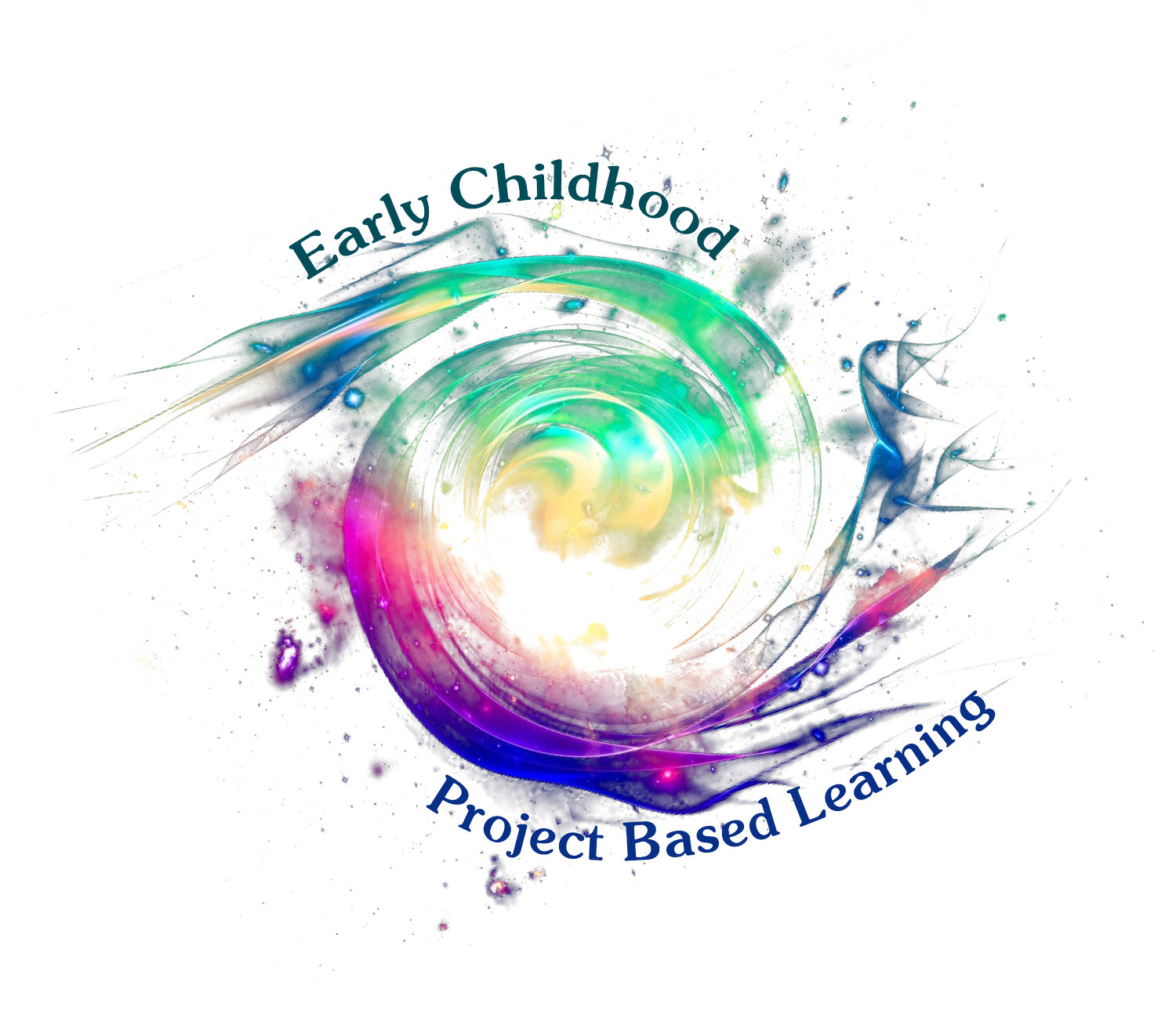Milestone Four: Personal Maps
At this Milestone…
Children will learn about maps and use them as another way to share their home environment with their new school community.
Key Question: Where do I live in my community?
Formative Assessment at this Milestone: Personal map of a favorite room in the home.
Suggested Resources at this Milestone:
Where is my Home? (First Step Nonfiction)
Me on the Map by Joan Sweeney
My Map Book by Sara Fanelli
Henry’s Map by David Elliot
Day One: Map Investigations*
*Ahead of today, collect a variety of maps (online or in-person) for students to explore.
One way to get to know one another better and a little bit about where we live is by sharing what our homes look like. We can do this in many ways. One way is by showing friends a map of our rooms or our homes. Ask students, “Have you ever heard of a map before? What is a map?”
You may need to scaffold the discussion a bit by guiding and being more specific about maps - for example, you could ask: When have you used a map before or seen someone using one? Why might maps be important? Why are they used? Who uses them? How can they help people understand their community?
Generate a list of what children already know about maps.
For example:
Next, have children explore a few different types of maps (whatever is collected and/or virtually sent in). Ideas might include maps of hotels, the zoo, Disneyland or parks.
After children have an opportunity to explore the maps, ask them what they noticed and chart their observations and any questions they have. Anticipate the questions they may have to guide future plans.
In your discussion, you can highlight vocabulary words such as “map key” and “compass rose,” directing students’ attention to how maps are made from a “bird’s eye point of view.”
Explain to students that in order to create our classroom community and learn about each other’s homes, we will create maps - first of a special room in our home, and then our whole home.
If you are in a hybrid or in-person classroom, you could model this by together creating a map of your classroom.
Day Two: Map Creation Part 1
Ask children: What do you need to know in order to make a map so you can share about your homes with our new classroom community?
Children chart what they need to know in order to make a personal map for their ebook or website.
For example:
What will we put on our maps?
How will we make them?
What materials will we use?
What will the maps be of?
Model creating a map of a room in your own home, either in-person or via pre-recorded lesson/Seesaw activity. You might want to introduce the idea of “Bird’s Eye View” using Menno Aden: Room Portraits taken from Above.
Menno Aden: Room portraits taken from above
You might then model the map-making process using one of your own rooms. If teaching online, create a learning activity for children to access independently. If working in-person, this might be a homework activity and rather than taking photos, children might draw a bedroom or other favorite room in the house.
Sample Seesaw Lesson
Day Three: Map Creation Part 2 (Mapping a favorite room)
Revisit students’ recorded noticings and comments from their map investigations. Discuss with students that now we have started investigating maps, let’s try creating a map of our own. Explain to students that we are going to create a map of our bedroom or a favorite room in our homes. Discuss with students how drawing a map of their bedroom or any special room in their home can help us get to know each other. This way, we can answer some of your questions - like what your friends like to do? Or what they favorite colors are? Model first building a room using construction materials like Legos or blocks to build the room, and then drawing a map of a room, discuss why it is special to you. While drawing the map, reinforce important map vocabulary, bird’s eye point of view, and being careful to draw what they see in the room. Demonstrate how to add a compass to your map.
Map of my Bedroom (or a favorite room in my house)
Online: Students can upload their map and audio record their explanation of it.
In-person: Students can use available materials to create their map and the teacher discusses it with students and add dictation/labels.
Critique/Revision Opportunity: students can share their maps on Flipgrid and provide feedback to each other to encourage them to add/make changes to maps to make things more clear. Consider using a protocol like “Two Stars and a Wish” - where students share two things they like and one question they have about the work.
Finally, consider creating a rubric/checklist of the elements you would like children to include on their maps - for example, pictures, labels, words, shapes etc.






